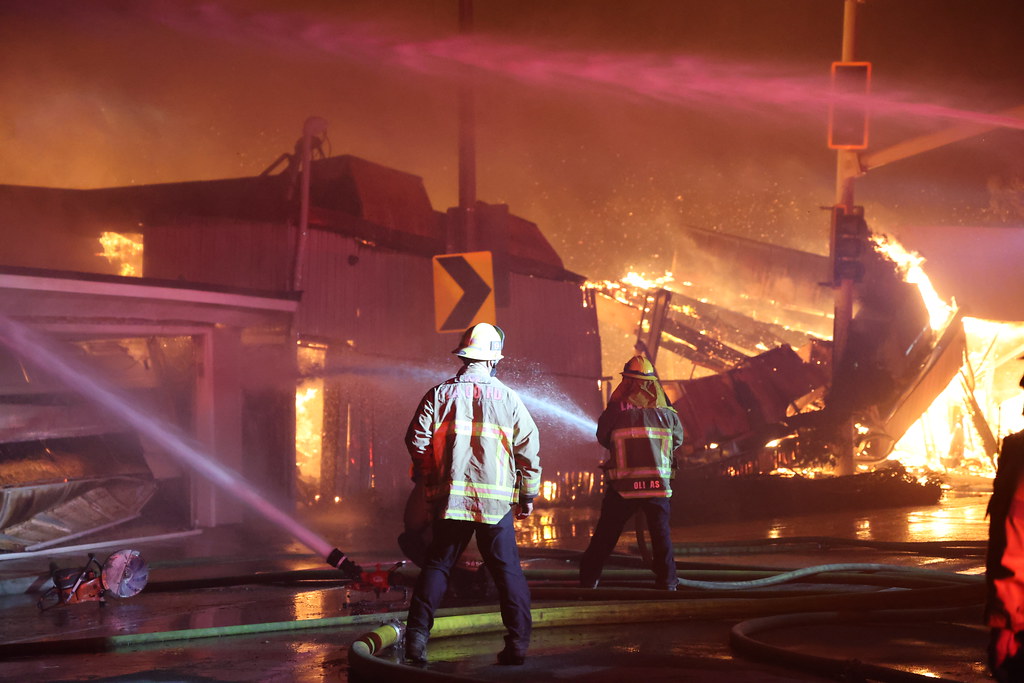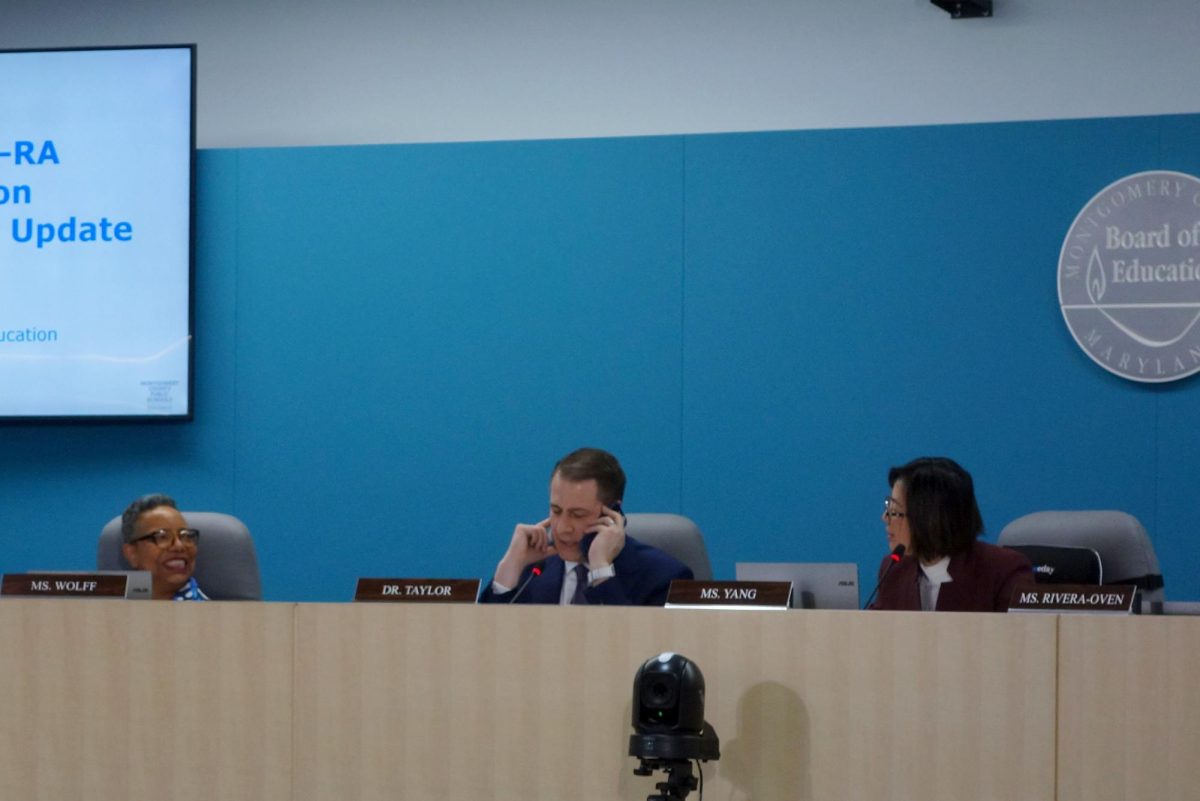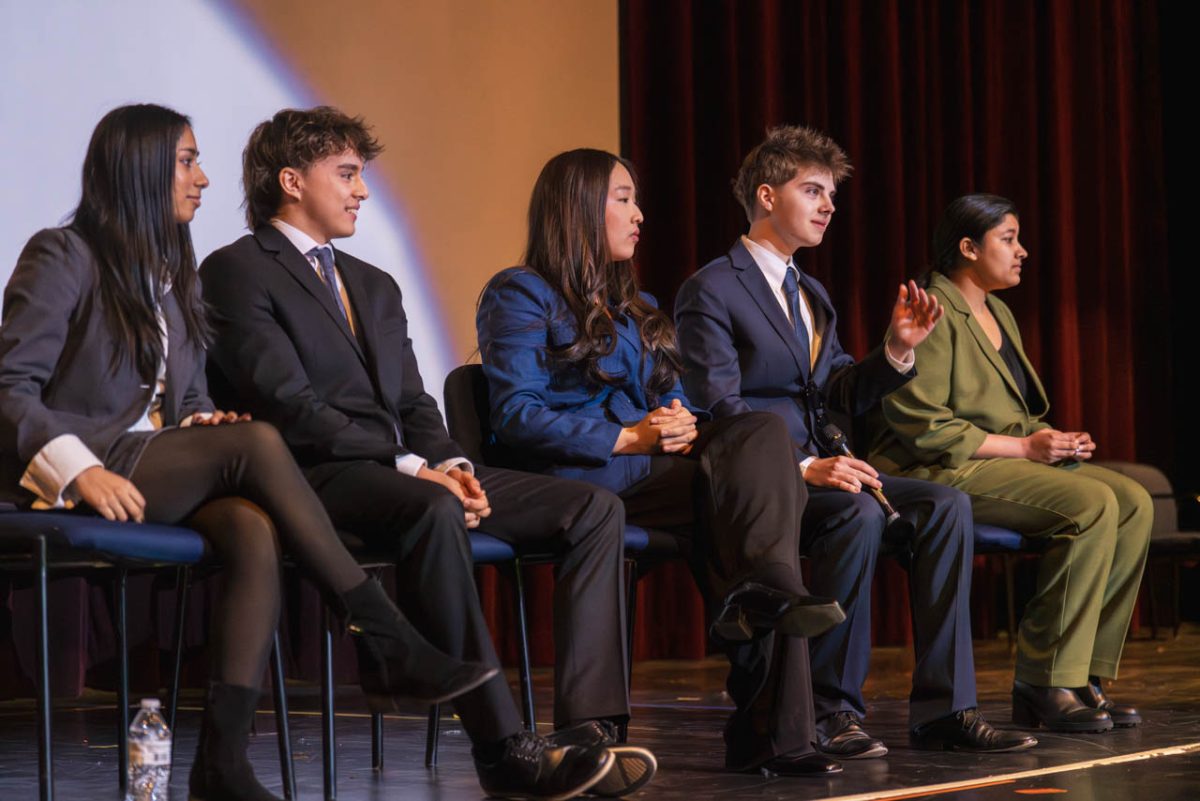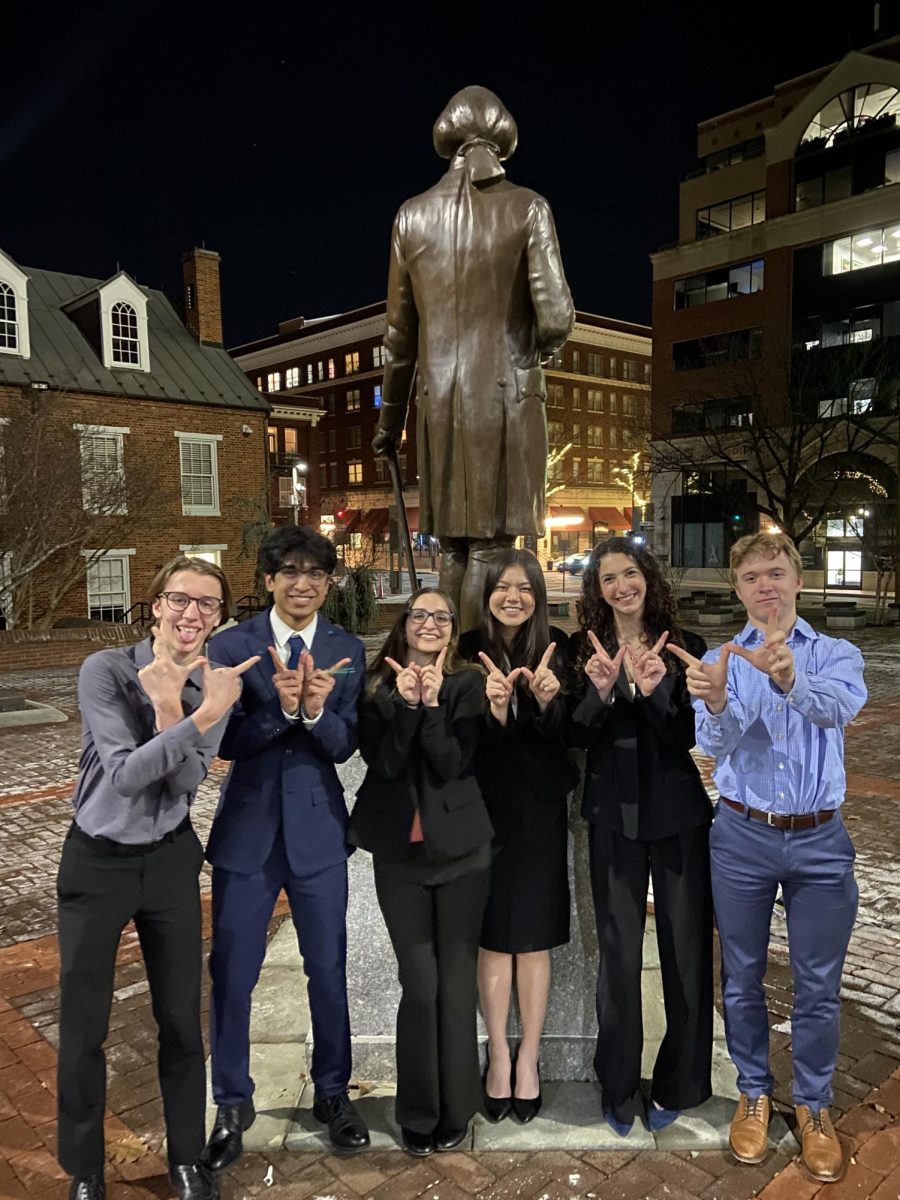Wildfires in Los Angeles continue to ravage the area, destabilizing livelihoods and the environment.
The raging fires started on Jan. 7 in Palisades and Eaton California. The Palisades, the first and bigger of the two, devastated the coast near Malibu, and the Eaton fires have destabilized the Altadena area. Though firefighters had been working to contain the flames, firefighting resources have been limited, causing intense evacuation efforts throughout southern California.
Though the fires are over 2000 miles away, their effects have spread to people within the WJ community. English teacher Claire Lipsitz has family in the Los Angeles area who had to face the chaos of evacuation.
“My cousin, who’s in her seventies, lives in an apartment building in LA,” Lipsitz said. “She put off evacuating until the last minute and by the time she was going to leave, she went down to get her car from the garage of the apartment building and the power went out. She got stuck in her building’s garage for nine hours until she was able to flag down a first responder— who let her out of the garage and she was able to safely drive to my aunt’s house. She’s fine now but it was scary.”
Junior Taylor Simmons’ aunt used to live in Los Angeles but had to evacuate their home to avoid getting caught in the flames.
“I first found out [about the fires] from my mom when she told me that my aunts had to leave their house because the winds are really bad in California,” Simmons said. “So the fire could’ve caught onto their house next which is why they moved to Palmdale which is North of LA.”
Investigations continue to uncover why these fires have been so severe, but AP Environmental Science teacher Brock Eastman says causes can vary.
“A lot of these areas should have burned,” Eastman said. “It is part of the natural way those forests cycle. Things are so dry. These fires don’t peter out like they used to. Part of that is forest management. And that wind became so unpredictable that just a simple little ember can just float across the city.”
In the chaos and destruction of the fires, some have accused the City of Los Angeles of being unprepared. California has some of the most robust firefighting preparedness policies in the country— however, this series of wildfires has shaken their confidence.
Considering the proliferation of climate change and the higher temperatures that come with it, exacerbated effects are to be expected.
“We don’t remove excess shrubs or decrease the dangers in our forest because, you know, people have expensive properties out there,” Eastman said. “You should be doing prescribed burns on these forests every couple years, but people go, ‘I got a $5,000,000 property here. Don’t touch it.’ Notably, a lot of the federal land has been returned to the control of native populations who used to live in those areas and they’re having a lot more success with their forest management.”
Firefighters work to contain the flames in Los Angeles. The wildfires began in areas surrounding the city but strong winds continued to endanger people in areas nearby. “It’s all super complicated what’s going on out there. But climate’s a driving factor. Power management, water management. I mean, all of it’s a mess in a huge population center,” Eastman said.









